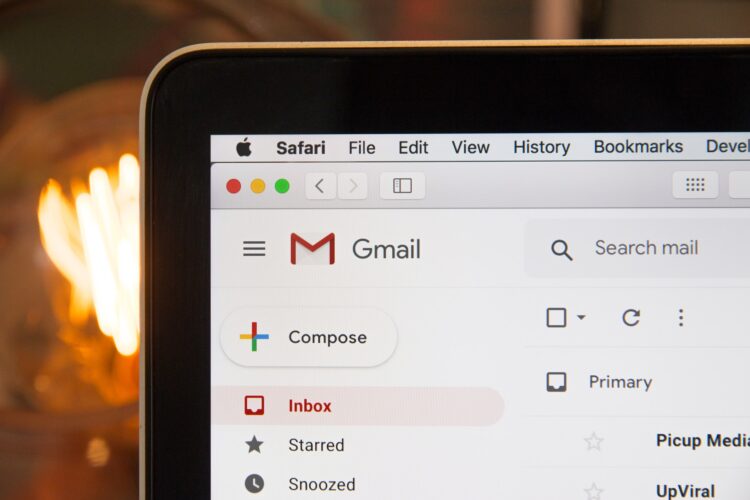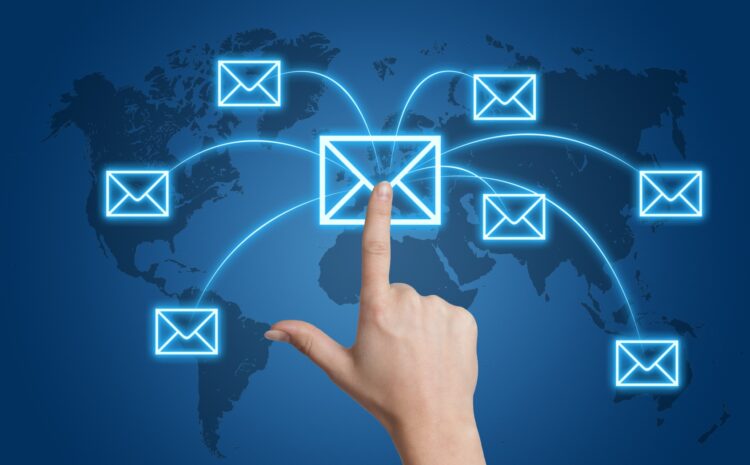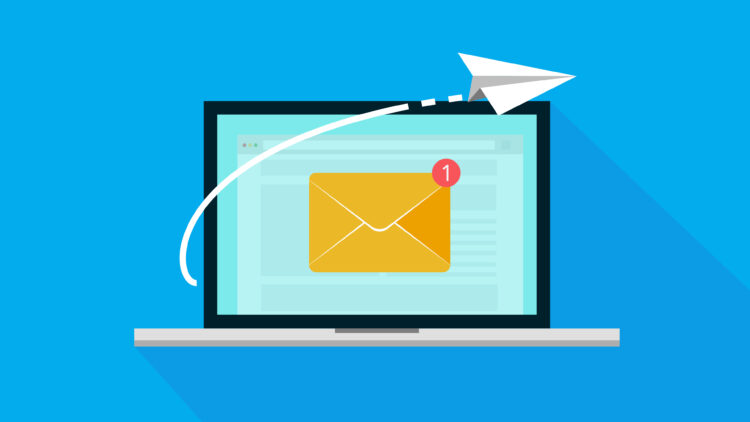Deliverability is one of the metrics for email marketing. It is considered as the ratio of delivered letters to the total number of sent ones.
Email deliverability is the entire process of sending and delivering emails successfully to your recipient’s inbox. This is used to measure email performance and determine if there are any delivery issues, such as blocks, throttling, reputation issues, or landing in the spam folder.
If you manage your email deliverability correctly, then your emails will have a higher chance of getting in your recipient’s inbox rather than the spam folder or getting blocked outright.
How to improve email deliverability?
Working with the base

Use double opt-in. Sign users in 2 steps. First, you should ask for users’ contact information, then you send a confirmation letter. Thus you will protect yourself from errors in addresses, bots and the intrigues of competitors (what if someone specifically signs up incorrect addresses for phishing).
Unsubscribe inactive users
Imagine a situation: a user has not opened a single letter in 6-8 months. This can mean 2 things: he is not interested in the newsletter or the mailbox is abandoned. Both situations can negatively affect deliverability – it is better to delete the contact.
Don’t try to keep unsubscribers

If the user unsubscribed from the mailing list, but the letter still came, with a high degree of probability he will send it to Spam. Respect the choice of your followers and don’t force them to complain about you.
Use validators to check the old database
These applications find broken emails, duplicates, and role addresses. By removing them, you will improve the quality of the database, thus increasing the email deliverability.
Do not use parser programs
Parser programs scour sites and collect all email addresses that they can find. It turns out a huge database of broken, role-playing, and abandoned boxes. In addition to the low efficiency of mailing, you may encounter legal problems – users did not consent to receive letters.
Don’t buy bases
By purchasing databases you get a non-target audience that did not consent to the mailing list. There are also a lot of irrelevant and abandoned emails here: users register a new mailbox when they realize that their address is publicly available.
Domain reputation

Start mailing by warming up the database and domain. If there have not been mailings by IP address yet, then the provider does not know about your working methods and the usual frequency of sending letters. Do not start sending letters to the entire database at once, this way you risk getting into spam. Choose a small group of addresses (200-300) and increase the volume of your mailing every day. If you do everything right, then you will get a good reputation.
Replenish the base gradually
To avoid receiving a block, add contacts in small groups after preliminary validation.
Set up email authentication

Authentication is the verification of the authenticity of the sender’s address. If you use the services of bulk mailing services, this procedure is required.
If you are sending mailings from your own server, configure DNS and the following mandatory authentication types:
SPF checks the address in the From field and matches it with the address that the sender specified in the DNS record. The SPF prescribes which mail servers are allowed to send outgoing letters and the level of trust in the sender, which allows the mail client to determine whether a letter can be received or not. You can find all tools to configure, deploy and monitor your SPF at EasyDMARC page .
DKIM (Domain Keys Identified Mail) is a method of verifying the sender’s domain through a cryptographic signature. You can find all tools to deploy and check your DKIM on EasyDMARC DKIM tools page.
Also, you can use EasyDMARC tools to check if your domain is blacklisted, has properly configured DMARC, DKIM, SPF etc… This service provides many utilities to check if the domain, mail server, and authentication settings are correct.
The theme of the letter

Write a subject that matches the content of the letter. Users get disappointed when they are offered gifts in the subject line, but find a standard product catalog without a hint of a bonus or discount in the letter.
Don’t try to draw attention to a topic with Caps Lock or exclamation marks. Get the user interested in something else: add intrigue or tell how cool content expects a subscriber in the newsletter.
Add the recipient’s name to the subject. Email services are more responsive to personalized emails, you make it clear that you know the user.
Text of the letter
Check your spelling. For many subscribers, spelling mistakes are a reason to send an email to spam. Spam filters also check grammar and punctuation. If you do not want to proofread the text, you can check the text using special services.
Avoid spam words

These are words and phrases that are more common in spammers’ emails. When the spam filter notices them in the mailing list, it automatically throws the message to the spam.
Do not attach additional files to the letter, especially .exe, .zip or .swf formats. If you want to share a document or a trial version of the program, upload it to the server, and provide a download link in the letter.
The layout of the letter
Don’t use JavaScript, Flash or ActiveX. Email clients do not support these technologies. Users will not see them anyway, but you run the risk of being blocked by a spam filter.
Don’t send emails with one image

This technique is often used by spammers, which is why email services block picture messages. In addition, if the user has disabled images, he will not even see your letter.
Add alt and title tags to pictures. Alt is the text that appears instead of the picture. It helps to read the letter if images are disabled. The title pops up if you hover over an already loaded picture.
Add an unsubscribe link
Users may not like the newsletter. Add a prominent unsubscribe link to prevent users from clicking on the spam button.
Don’t shorten links

Spam filters are suspicious of shortened links, it is not clear where the user will go after clicking on it. The same goes for regular redirects.
Use less colorful fonts
Spammers often use poisonous text colors to draw users’ attention to links and buttons. Make sure that your newsletter is not dazzling. You can use multiple colors, but it is better not to twist the saturation to the maximum.
Sender address problem
Email deliverability depends on the quality of the sender’s address much more than other factors.
What problems can be with the sender’s address:

There is no address authentication using DKIM / SPF, DMARC records. You can check it through Easydmarc.com service. Enter your domain and DKIM selector and get the SPF and DKIM record values.
Poor IP and domain reputation
The reaction of the recipients of the mailing list has a very strong influence on the reputation – the response to the message, clicking on links, spam / not spam tags and the number of openings. Opening 100 emails with 100 sent will do more to improve your reputation than opening 100 emails with 1000 sent.
The reputation is also influenced by such factors as the volume of mailings, the warming up of the IP address and its presence in blacklists, sending spam in the past, the number of delivery errors, and subsequent attempts to deliver rejected messages.
Conclusion
The three pillars of good deliverability are a high sender reputation, a high-quality address database, and email content.
To prevent emails from falling into spam, fulfill the following conditions:
- If the monthly volume of mailings exceeds 50,000 letters, take a dedicated IP-address, if less – use a shared IP-address.
- Send out emails regularly and evenly to keep the IP address warm.
- Configure DKIM / SPF, DMARC authentication.
- Monitor the sender’s reputation through postmasters of postal services.
- Allocate special mail for mailings on the corporate domain. And if you have several types of letters, it is better to have a separate one for each type.
- Only send letters to those who have agreed.
- Use the double opt-in subscription system.
- Purge the database of inactive subscribers and, if necessary, launch resuscitation campaigns.
- Avoid spam words, complex code, and heavy images in your email content.
- Give your users an opportunity to unsubscribe and choose the content of the letters yourself.
- We hope our recommendations will help you improve your email deliverability and ROI.
 Hi Boox Popular Magazine 2024
Hi Boox Popular Magazine 2024



